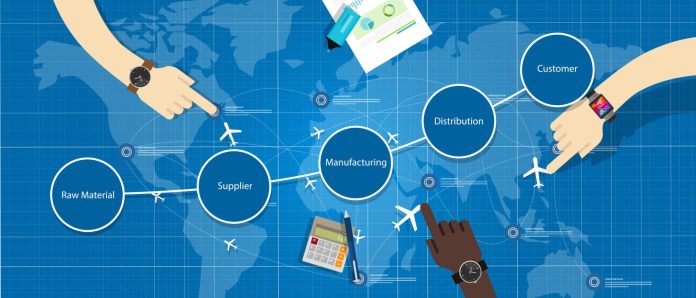The IoT-based solution allows all parties in the supply chain to track milk shipments in real time
Exporting fresh produce over 7,000 kilometers from Australia to China is not an easy task. However, new technologies such as the internet of things (IoT) is currently helping Australian milk producers to export fresh milk to the Chinese market.
Peloris is a firm which specialises in cross border supply chain and expedited clearance services for fresh and premium Australian and New Zealand goods throughout the Asia-Pacific region.
The company highlights that it was impossible for the firm to export milk products to China three years ago, as it could take more than two weeks for a shipment of milk just to pass through Chinese quarantine, a period of time which exceeds the milk shelf life. Now, with the implementation of IoT technology, the firm is responsible for around 40% of all fresh milk exports into China worldwide.
“A few years ago we were seeing the great impact that drones and robots were having on the agriculture industry. We took notice and started to think about the logical extension of this ‘internet of things’ technology to the supply chain as well,” said Peloris’ managing director, Peter Verry. “Technology has helped open up new markets for exporting fresh food. We did this in partnership with [Australian telco] Telstra and M2M Connectivity, who helped us to create a solution that ensures the integrity and traceability of the fresh milk.”
The executive said that that the IoT-based solution allows the firm to access data in real time to assure the quality of the milk by monitoring the temperature all the way from the farm to when it arrives in China. “This visibility and transparency allows us to see the products at all stages of the supply chain, helping to improve overall efficiency,” Verry said.
Telstra and Peloris are using a Sendum data logger device to measure temperature and location in real time. The device uploads the information to the cloud every 15 minutes. The device also measures light emissions, tilt monitoring, humidity, and air pressure.
“Thanks to this technology we have been endorsed by China Inspection and Quarantine Bureau for rapid border clearance for China food imports. Where it used to take two to three weeks to clear shipments, we can now achieve this in just 36 hours.”
The executive also said that IoT technology has also provided the ability for the firm’s partners and Chinese quarantine officials, to monitor temperature and conditions of any perishable goods in real time.
“We’re already developing channels to market for other short shelf life products into China and new markets across Asia. We have already established an office in Malaysia, which has potential to be a hub for us to start a supply chain for foods such as dairy, meat, fruit, vegetables and chilled seafood from Australia into the ASEAN region including Singapore, Thailand, Vietnam and Indonesia,” Verry added.

